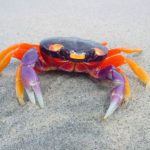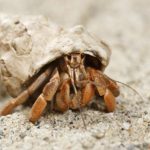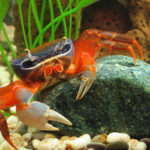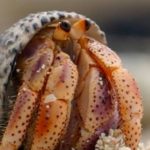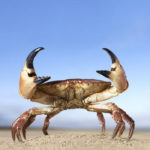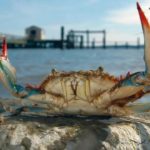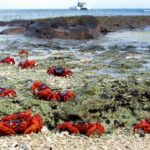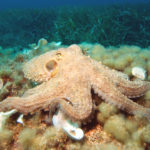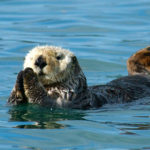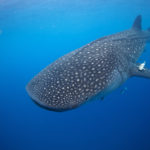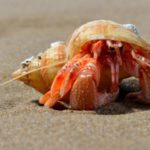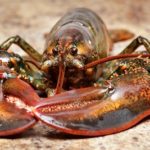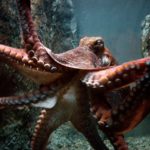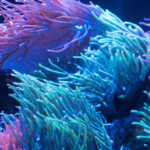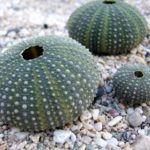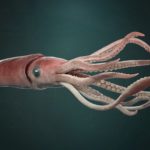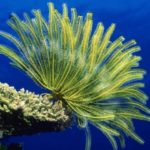Crabs – information
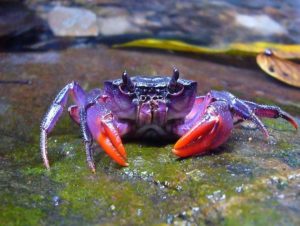 Crabs are mostly presented only overview information. Therefore, people know very little about them. The size of the body of these sea creatures is very diverse: from tiny 2-3 mm to the real giants of the crab fraternity. For example, there are crab-peas, which settle in the shells of mussels. Clinging to the ends of the gills, they quietly live under the folds of mollusks and eat the remains of their food. But the Japanese spider crab is a giant. Its weight reaches 20 kg, and the range of claws – up to 3 meters. All other, more than 4 thousand species, occupy intermediate positions in size. All these crabs live in seas-oceans, on different continents, multiplying with enviable skill. Among the arthropod crabs really conquered the water element.
Crabs are mostly presented only overview information. Therefore, people know very little about them. The size of the body of these sea creatures is very diverse: from tiny 2-3 mm to the real giants of the crab fraternity. For example, there are crab-peas, which settle in the shells of mussels. Clinging to the ends of the gills, they quietly live under the folds of mollusks and eat the remains of their food. But the Japanese spider crab is a giant. Its weight reaches 20 kg, and the range of claws – up to 3 meters. All other, more than 4 thousand species, occupy intermediate positions in size. All these crabs live in seas-oceans, on different continents, multiplying with enviable skill. Among the arthropod crabs really conquered the water element.
The smell of crabs is well developed and helps time to feel potential food at a distance. There are olfactory receptors to us front antennas, rich in sensitive setae. Taste, most likely, the crabs also developed well, otherwise these arthropods would eat everything. And they show extraordinary gourmandry. Chitinous cover, which is called carapace, is called carapace. It contains a significant amount of limestone and it has tangential functions.
If you quietly touch the carapace, the crab instantly hides under it, and numerous articulate limbs set in the position of protection. After catching the prey, the crab tears it apart. Swallows and chews in the stomach, which is in the head. But that’s not all, his stomach is variable, it means that he is subject to molting as well as the whole shell. The back of this stomach is decorated with a set of “denticles” in the form of yellowish tentacles, which rub against each other. This friction was called a gastric mill, which helps to thoroughly and effectively chew food by rubbing it.
At first glance crabs seem strong creatures. And this is not an erroneous opinion. Numerous studies have established that if a crab is tied to a crab that exceeds it in mass by a factor of 10, it will pull it. Only in the sea crabs do not carry anything, except their own claws, which outweigh the mass of the body 25-28 times. The achievements of crabs are also in the fact that they are able to maim themselves by amputating limbs, and then carefully grow them again. Of course, often it happens involuntarily, in a fight with other crabs, or for a female. Even if you break off all the limbs, the crab will live without them until the next molt, and then again will run on all ten. This is because they are characterized by regeneration. And the lack of limbs for vitality and appetite does not affect, only the speed of movement.
Crabs are famous travelers. They can move for quite considerable distances in space. And, if some species managed to get into other water bodies, to their other relatives, they will necessarily change everything in their own way and cause some damage to the territory.
Naturalists describe interesting moments from the life of crabs, especially remarkable dexterity in obtaining food. For example, after seeing the jamb of shrimp, the crab sneaks, freezes at the bottom or even buries into mud. After a while on the surface of the sand there are eye-periscopes, to study the situation.
